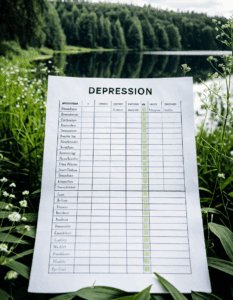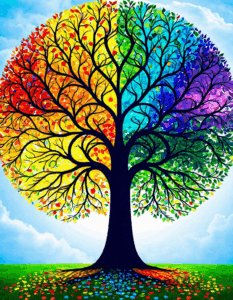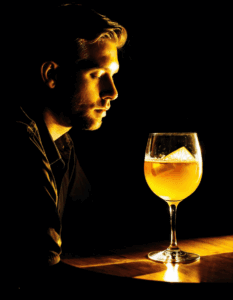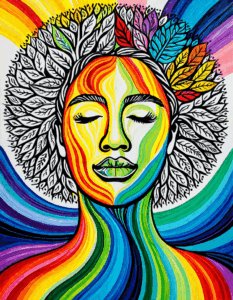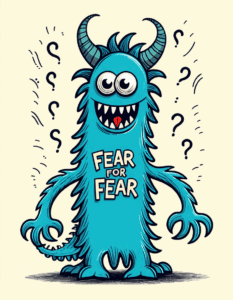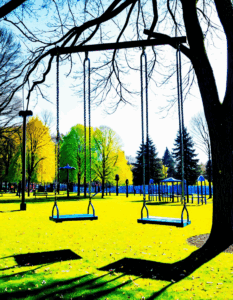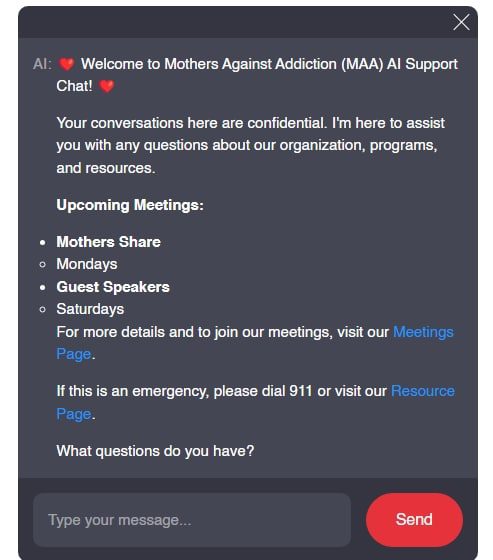Bipolar II disorder is a mental health condition that frequently gets mischaracterized. Understanding bipolar II disorder symptoms is essential for timely diagnosis and effective treatment. Unlike its sibling, Bipolar I, Bipolar II doesn’t include the wild highs of full-blown mania. Instead, it features episodes of hypomania alongside deeper depressive phases that can easily tax both the individual and their loved ones. Therefore, knowing how to identify these symptoms can help parents recognize when their children may need support for their struggles with addiction.

1. Recognizing Bipolar II Disorder Symptoms: What Sets Them Apart?
Bipolar II disorder is often misunderstood in terms of its severity. Symptoms like mood swings can plague individuals without raising alarm bells for those around them. It’s crucial to grasp how these symptoms manifest and impact everyday life.

2. Top 5 Bipolar II Disorder Symptoms That Commonly Go Misunderstood
Getting a strong grasp of bipolar II disorder symptoms can help parents address challenges sooner rather than later. Here are five key symptoms that often fly under the radar:
A. Chronic Hypomania
Definition: Hypomania refers to a slightly elevated mood, different from mania but still energized. Some may revel in this state, mistakenly attributing it to productivity.
Example: The actress Loni Anderson has been open about how hypomania pushed her creative boundaries while complicating her personal commitments. This insight emphasizes the dual-edged nature of such periods.
B. Emotional Dysregulation
Definition: Intense emotional responses can confound loved ones. Friends might not understand why the individual reacts dramatically to everyday events.
Example: Studies reveal that nearly 60% of those with bipolar II struggle with emotional responses that seem exaggerated, creating tension in their relationships and confusion for family members.
C. Irritability and Anger
Definition: While we celebrate moments of joy, irritability during hypomania often goes unnoticed. This can be misjudged as a personal flaw rather than a part of the disorder.
Example: Celebrities like Britney Spears have described the toll irritability can take on their well-being, highlighting the misunderstanding surrounding mental health issues.
D. Sleep Disturbances
Definition: Irregular sleep patterns, especially during hypomanic times, can throw off the balance in daily life. Some might see reduced sleep as a productivity boost when it can worsen symptoms overall.
Example: Research from the National Institute of Mental Health indicates that around 70% of those with bipolar disorder deal with sleep irregularities.
E. Reduced Motivation During Depressive Phases
Definition: Depression doesn’t just bring sadness; it can lead to a profound lack of interest in activities one once loved. This disengagement creates hurdles in daily functioning.
Example: Renowned author Marya Hornbacher has discussed the overwhelming sense of paralysis when engaging in even the simplest tasks during these episodes.
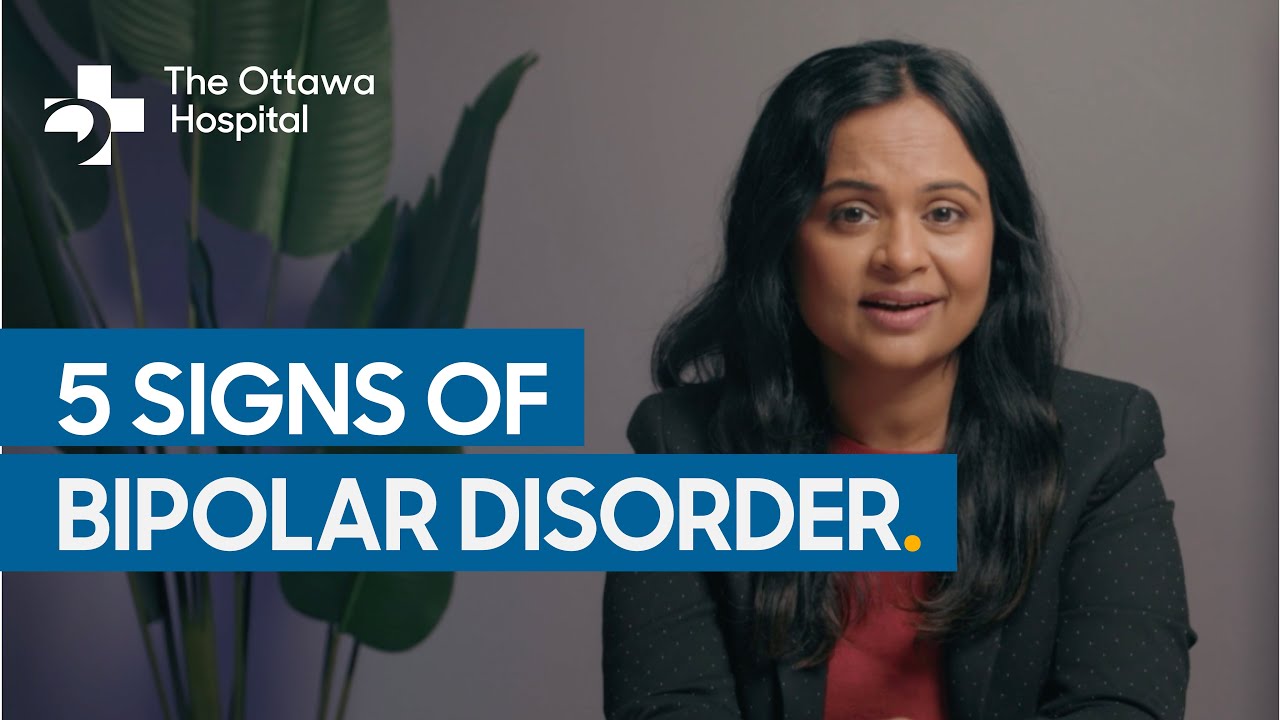
3. Bipolar II Disorder Treatments: Finding the Right Approach
With the complexities of managing bipolar II, treatments are rarely one-size-fits-all. Family members should note that effective management typically requires a blend of medication, therapy, and lifestyle changes.

4. Navigating Bipolar Disorder Symptoms: A Patient’s Perspective
Experiences shared by individuals provide invaluable insights into bipolar II disorder. On r/Bipolar, someone put it succinctly: “People see my hypomania as a superpower, but it often leads me to feel isolated once the episode passes.” This reveals the hidden battles many face, where outer success contrasts sharply with inner turmoil.
Real-life stories often serve as beacons of hope and reminders that healing isn’t linear. By holding discussions around bipolar II disorder symptoms, we can cultivate understanding and compassion within communities.
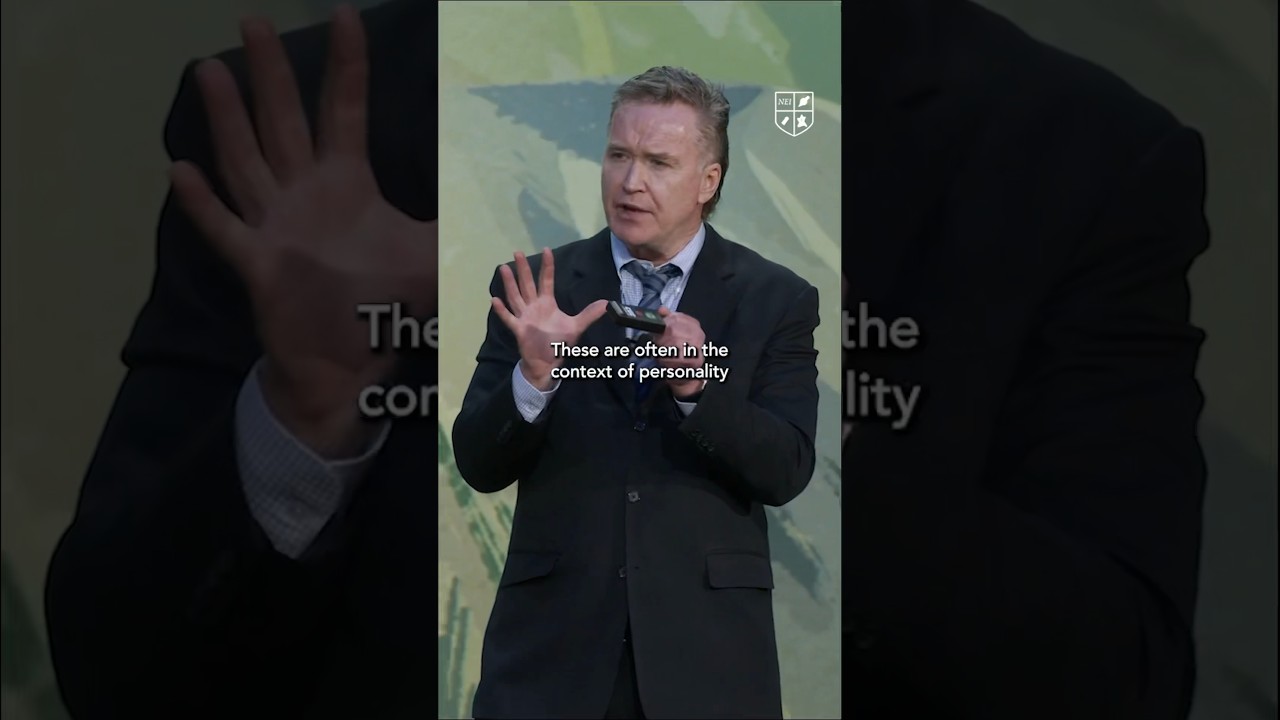
5. Embracing Awareness and Support in the Journey
Recognizing the symptoms of bipolar II disorder demands a foundational understanding steeped in empathy. Engagement from family, friends, and professionals is crucial, as misconceptions can negatively impact treatment outcomes. By promoting open conversations, we can debunk myths surrounding bipolar II and support families more effectively.
Many people share their journeys through blogs or social media, creating a powerful network of support. Tools like those offered by the National Alliance on Mental Illness (NAMI) can enhance daily symptom monitoring, assisting both individuals and families in identifying patterns.
As a community, we must keep the conversation about mental health alive, prioritizing education, understanding, and compassion. Each shared voice plays a role in breaking down the stigma surrounding bipolar II disorder. When we speak up, we lay the groundwork for improved awareness, treatment options, and programs that support affected individuals. Additionally, if you’re looking to understand specific issues related to mental health and addiction, peruse our resources at Mothers Against addiction and find guidance tailored for your journey.
Understanding bipolar II disorder symptoms, alongside compassionate support, paves the way for healing and resilience—essential elements in the fight against addiction and mental health challenges.
Bipolar II Disorder Symptoms: Misunderstood yet Vital Insights
Understanding bipolar II disorder symptoms can feel like trying to find one’s way through a thick fog. Many people think that it only involves the extreme highs and lows associated with bipolar disorders, overlooking the subtle, yet significant, nuances. For instance, did you know that people with bipolar II experience hypomania? This state is less intense than a full-blown manic episode, yet it can lead to episodes of irritability and impulsivity. Just as St. George Island plays host to a variety of ecosystems, the symptoms can shift and change, making them tricky to identify.
The Subtle Signs
It’s fascinating how familiar conditions can lead to misunderstandings about bipolar II. Mood swings can range from feeling highly productive and creative to downright exhausted and empty. Common symptoms include increased energy levels, racing thoughts, and even sleep disturbances. Just like the excitement surrounding a new film, such as the Red One trailer, people may overlook these signs in their day-to-day lives, mistaking them for just regular stress or anxiety. In addition, individuals may sometimes underestimate the impact of depression that often accompanies the disorder, which can lead to self-medication and, regrettably, addiction. Parents, if you ever wonder about addiction’s side effects, especially with substances like Xanax, it’s vital to stay informed for your loved ones’ sake.
Effects on Daily Life
The effects of bipolar II disorder symptoms can ripple through an individual’s daily life, affecting relationships and job performance. The unpredictability can feel like battling a persistent wave, much like when you apply a Pannus topical treatment for your pet’s eye condition, hoping for relief but facing an uphill battle. If you suspect someone might be exhibiting bipolar traits, it could be useful to compare their experiences to common challenges those grapple with chronic conditions. It’s funny how something as mundane as car insurance online can seem trivial compared to the emotional storm surrounding mental health, showing just how easily life can veer off course.
Informing oneself about these symptoms is essential. Surprisingly, figures like Tomokazu Seki, who have openly shared their struggles, highlight that even public figures face these challenges. There’s strength in knowledge and understanding how these symptoms manifest in everyday life can pave the way for supportive conversations. Don’t shy away from discussing these vital topics—the journey to better mental health starts with awareness.










